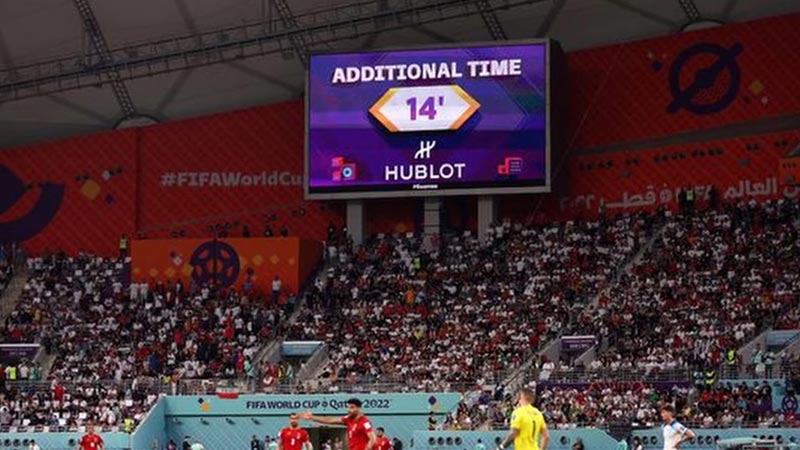Soccer, the world’s most popular sport, is known for its unique terminology and abbreviations that can sometimes leave fans and newcomers alike scratching their heads.
One such abbreviation that frequently appears in the context of knockout-stage tournaments is “AET.” In this blog post, we aim to shed light on the meaning of AET pens in soccer and its significance during matches.
“AET” stands for “After Extra Time,” and it refers to the additional period of play beyond the standard 90-minute regulation time in a soccer match.
This extension becomes necessary when the score remains tied at the end of regular time, typically seen in high-stakes competitions like the FIFA World Cup or UEFA Champions League.
Soccer AET is crucial for appreciating the drama and suspense that often unfolds in these nail-biting matches. In the following sections, we’ll delve into the details of AET-pens, its rules, and the tactical considerations it brings.
So, whether you’re a seasoned soccer enthusiast or a curious newcomer, let’s unravel the mystery of AET in soccer.
What Does Aet Mean In Soccer?
In soccer, “AET” stands for “After Extra Time.” It is a term used to indicate the period of play that occurs after the regulation time of a match has ended.
It is typically in knockout-style competitions like the FIFA World Cup or UEFA Champions League.
In most soccer matches, the standard duration is 90 minutes, divided into two halves of 45 minutes each.
If the score is tied at the end of regulation time, the match proceeds to extra time, which consists of two additional halves of 15 minutes each, making a total of 30 extra minutes.
AET is crucial in determining the winner of the match, as it allows for the possibility of a golden goal (a sudden-death goal that ends the game) or a penalty shootout if the score remains tied aet-pens meaning.
It adds excitement and suspense to high-stakes matches, making AET pens meaning a critical part of soccer tournaments.
When AET Is Employed in Soccer Matches?
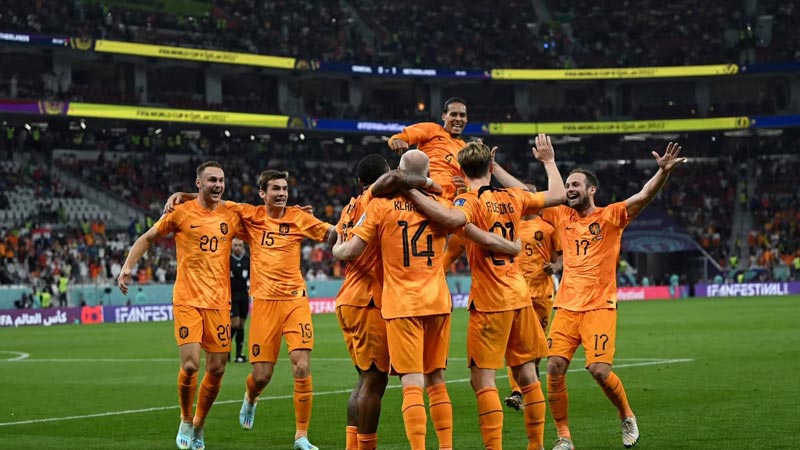
AET is employed in soccer matches when the score remains tied at the end of the regulation time, which consists of two halves of 45 minutes each, totaling 90 minutes. Here’s when AET pens are used:
Knockout-Stage Tournaments
Soccer AET is commonly used in knockout-style soccer tournaments, such as the FIFA World Cup, and UEFA Champions League, and domestic cup competitions like the FA Cup and Copa del Rey.
In these tournaments, a winner must be determined to progress to the next round.
Tied Score
AET comes into play when the score is level at the end of the 90 minutes of regulation time. If both teams have an equal number of goals, the match proceeds to extra time.
Extra Time Duration
Extra time consists of two additional halves of 15 minutes each, making a total of 30 extra minutes. There is a brief break between the end of regulation time and the start of extra time.
Golden Goal
Some tournaments used to employ the “golden goal” rule during extra time, meaning that the first team to score a goal during this period would be declared the winner, and the match would end immediately.
Penalty Shootout
If the score remains tied after the full 30 minutes of extra time, the match is usually decided by a penalty shootout. Each team takes a series of penalty kicks, and the team that scores more goals wins.
AET pens soccer adds drama and suspense to soccer matches, as it provides additional time for teams to break a tie and determine a winner in knockout-stage competitions.
The Nuts and Bolts of Extra Time
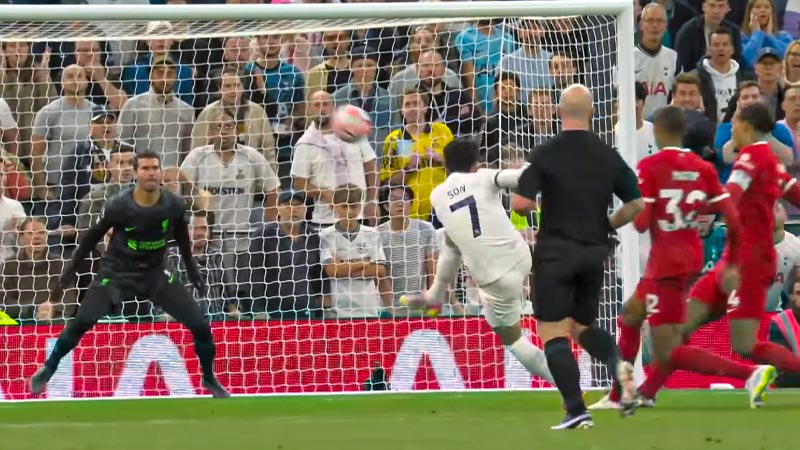
The extra time (AET) in soccer consists of two additional halves of play, each lasting 15 minutes, making a total of 30 extra minutes.
Here are the essential details regarding the nuts and bolts of extra time in soccer:
Regulation Time Completion
Extra time is played when the score is tied at the end of the standard 90 minutes of regulation time.
No Golden Goal
In most modern soccer competitions, the “golden goal” rule, where the first team to score in extra time wins instantly, has been abolished. Matches now continue for the full 30 minutes, regardless of goals scored.
Player Substitutions
Teams are usually allowed an additional substitution in extra time, on top of the regular number of substitutions allowed during regulation time. This rule aims to manage player fatigue and injuries.
Halftime in Extra Time
There is a brief break of approximately 5 minutes between the first and second halves of extra time, during which players can receive instructions from coaches and rehydrate.
Tactical Considerations
Extra time often sees teams adopting different tactical strategies. Some may become more cautious to avoid conceding goals, while others may become more aggressive in pursuit of a winning goal.
Penalty Shootout
If the score remains tied after the full 30 minutes of extra time, the match is usually decided by a penalty shootout.
Each team takes a series of penalty kicks, and the team with the most goals at the end of the shootout is declared the winner.
Yellow Card Amnesty
Some competitions have a rule where a yellow card received during extra time does not count toward a player’s accumulation of yellow cards for suspension in future matches.
This is done to avoid players missing subsequent matches due to a yellow card received during extra time.
Extra time adds drama and excitement to soccer matches, as it provides an extended opportunity for teams to break ties and advance in knockout-style competitions.
AET in Different Soccer Competitions
The use and rules surrounding AET (After Extra Time) can vary slightly between different soccer competitions. Here’s a brief overview of how soccer AET is implemented in various soccer tournaments:
FIFA World Cup
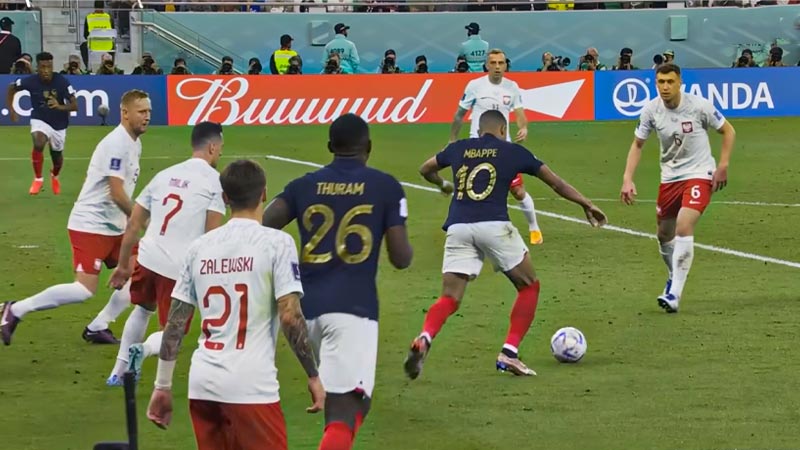
In the FIFA World Cup, AET is employed during the knockout stages. If the score is tied at the end of regulation time, teams play two additional halves of 15 minutes each.
There is no golden goal rule, and if the score remains tied after extra time, the match proceeds to a penalty shootout to determine the winner.
UEFA Champions League
The UEFA Champions League uses AET in the knockout stages as well. Similar to the World Cup, it consists of two halves of 15 minutes each.
Again, there is no golden goal, and if the score remains tied after extra time, a penalty shootout is used.
Domestic Cup Competitions
Domestic cup competitions like the FA Cup in England, Copa del Rey in Spain, and DFB-Pokal in Germany also employ AET-pens.
The rules for AET are typically similar to those of the FIFA World Cup and the UEFA Champions League.
International Tournaments
Various other international tournaments, such as the UEFA European Championship (Euro) and the Copa America, follow a similar pattern for AET as the FIFA World Cup.
League Matches
In league matches, such as those in the English Premier League or La Liga, AET is not used.
Matches can end in a draw after the regulation 90 minutes, and each team earns one point. There are no extra periods or penalty shootouts in regular league matches.
Youth and Amateur Tournaments
Rules regarding soccer AET can vary widely in youth and amateur soccer tournaments. Some may use AET pens and penalties, while others might allow matches to end in draws, especially in group stages.
It’s essential for players, coaches, and fans to be aware of the specific rules and regulations of the competition they are following, as they can vary and may impact match outcomes and strategies.
The Tactical Aspect of AET
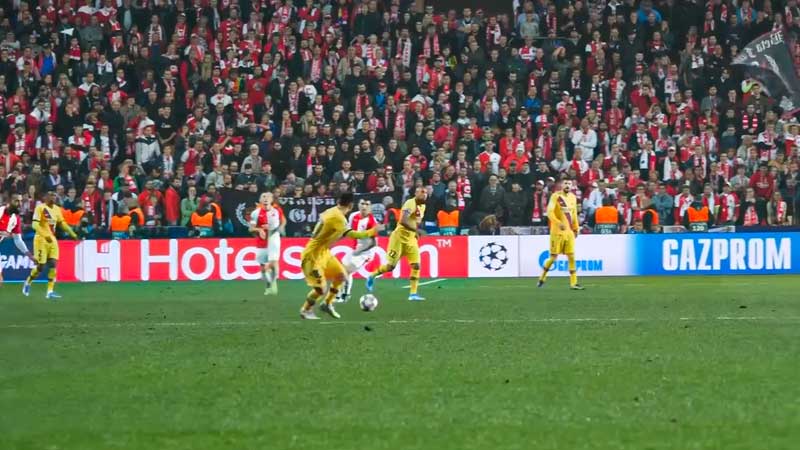
The tactical aspect of AET pens (After Extra Time) in soccer is fascinating and crucial for teams aiming to secure victory in knockout-style competitions.
Here are some tactical considerations and strategies often employed during extra time:
Managing Fatigue
Players have already expended significant energy during the regulation 90 minutes. In extra time, fatigue becomes a significant factor.
Teams must carefully manage player fitness, and coaches may make substitutions strategically to inject fresh legs and maintain a high work rate.
Balancing Defense and Attack
Striking the right balance between defensive solidity and offensive ambition is crucial.
Teams may become more cautious defensively to avoid conceding goals while remaining ready to capitalize on counter-attacks or set-piece opportunities.
Set Pieces
Set pieces, such as corners and free-kicks, become even more critical in extra time. Teams may focus on set-piece routines, both defensively and offensively, to gain an advantage.
A well-executed set piece can be the difference-maker in a tight match.
Conservation of Possession
Possession of the ball is a key tactical consideration. Teams may prioritize keeping possession to control the tempo of the game and give their players brief periods of rest.
Maintaining possession can also frustrate the opponent and limit their chances.
Pressing and Forcing Errors
Some teams may opt to apply high-pressure tactics to force turnovers in the opponent’s half, leading to scoring opportunities.
However, this approach can be physically demanding and carries the risk of leaving defensive vulnerabilities.
Substitution Strategy
Coaches must make wise choices regarding substitutions, considering factors like player fitness, tactical adjustments, and the potential impact of specific substitutes.
Substitutes can provide fresh energy and introduce new dimensions to the team’s play.
Mental Resilience
Extra time tests the mental resilience of players and teams. Staying focused, maintaining discipline, and not succumbing to fatigue-induced mistakes are crucial mental aspects.
Teams that can remain mentally strong often have an advantage.
Penalty Shootout Preparation
While teams aim to win during extra time, they should also be prepared for a penalty shootout if the score remains tied.
Coaches may have a designated list of penalty-takers and work on penalty-saving strategies with goalkeepers.
Adjusting Formations
Depending on the match situation, coaches might adjust their formations. This could involve adding an extra defender to shore up the defense or adding an attacking player to go for the win.
Player Roles and Responsibilities
Clearly defining player roles and responsibilities is essential. Players need to understand their roles in both offensive and defensive phases of play during extra time.
The tactical aspect of soccer AET involves a combination of physical fitness, strategic decision-making, and mental fortitude.
Penalties After AET in Soccer
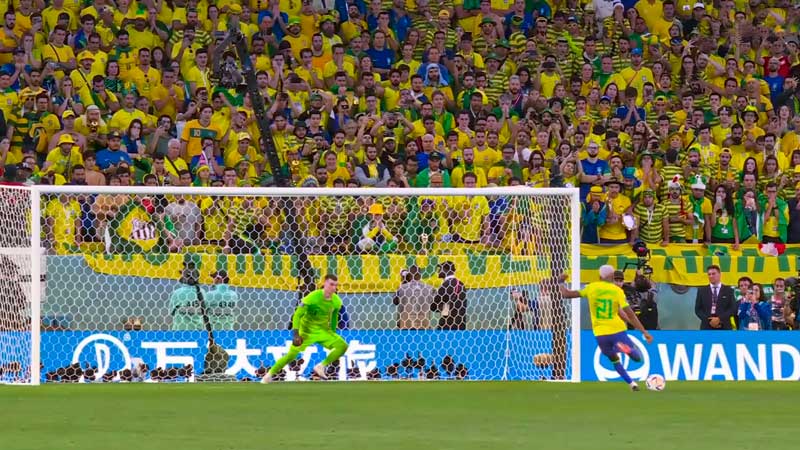
Penalties after AET pens (After Extra Time) in soccer are a method used to determine the winner of a match when the score remains tied after the full 30 minutes of extra time. Here’s how penalty shootouts work:
Selection of Penalty Takers
Each team typically selects five players to take penalty kicks. These players are usually chosen based on their penalty-taking abilities, composure under pressure, and overall skill.
Coin Toss
A coin toss or another method is used to decide which team goes first in the penalty shootout. The winner of the coin toss can choose to go first or second.
Location
Penalty shootouts are usually taken from a designated spot on the field, approximately 12 yards (11 meters) away from the goal line. This spot is often referred to as the penalty spot or penalty mark.
Goalkeepers
Each team designates a goalkeeper to defend their goal during the shootout. Goalkeepers play a critical role in penalty shootouts, as they try to save the opposing team’s shots.
Alternating Shots
The shootout consists of each team taking turns to kick penalties. Team A takes the first penalty, followed by Team B, and they alternate until all five players from each team have taken a shot.
Sudden Death
If, after the initial five penalties from each team, the score is still tied, the shootout enters sudden death. In sudden death, the teams take one penalty each in alternating order.
The team that scores while the other misses or has its shot saved wins the shootout and the match.
Winner
The team that scores more penalties at the end of the shootout is declared the winner of the match.
If the shootout remains tied even after the sudden death phase, it can continue with new players taking penalties in the same order until a winner is determined.
Rules for Goalkeepers
Goalkeepers must remain on their goal line until the penalty taker kicks the ball. They are allowed to move along the goal line but cannot advance forward until the ball is struck. This rule is often subject to close scrutiny.
Pressure and Psychology
Penalty shootouts are intense and psychologically challenging for both penalty-takers and goalkeepers. Maintaining composure and making confident decisions are critical elements in this high-pressure situation.
Celebrations and Decisions
The team that wins the penalty shootout often celebrates the victory, while the losing team experiences disappointment. Penalty shootouts are known for their dramatic and emotional moments in soccer.
Penalty shootouts are a method of last resort to determine a winner when extra time doesn’t produce a decisive result.
FAQs
What is the AET soccer meaning?
AET in soccer stands for “After Extra Time.” It refers to the additional playing time of 30 minutes (two halves of 15 minutes each) that occurs when a match is tied at the end of the regular 90-minute regulation time.
What does AET mean in soccer?
AET is an abbreviation for “After Extra Time” in soccer. It represents the period of play beyond the standard 90 minutes, often used to determine a winner in knockout-style tournaments when the score remains tied.
When is AET used in soccer matches?
AET pens are employed in soccer matches when the score is tied at the end of the standard 90 minutes of regulation time.
It is commonly used in knockout-stage competitions, such as the FIFA World Cup and UEFA Champions League.
Are there any special rules during AET in soccer?
While AET-pens follow the same rules as regulation time, teams are often allowed an additional substitution, and the tactical approach may change to manage fatigue and secure a victory.
However, there is no golden goal rule, and a penalty shootout may follow if the score remains tied.
How is the winner determined in AET soccer matches?
The winner in AET pens soccer matches is determined by the final score at the end of extra time.
If one team has more goals than the other, they win the match. If the score remains tied, the match proceeds to a penalty shootout to decide the winner.
Wrapping Up
In the world of soccer, where every goal and every minute matter, soccer AET, or “After Extra Time,” represents a pivotal moment of uncertainty and drama.
As we conclude our exploration of what AET means in soccer, we’ve unveiled the significance of this abbreviation and its role in determining the fate of teams in knockout-style tournaments.
Soccer AET embodies the essence of soccer’s unpredictability and showcases the mental and physical resilience of players and teams.
It’s the time when legends are made, hearts race, and fans hold their breath in anticipation.
Whether a match ends with a spectacular goal or proceeds to the nail-biting tension of a penalty shootout, AET-pens is where the magic of soccer truly shines.
So, the next time you see “AET” on the scoreboard or hear it mentioned during a match, you’ll have a deeper understanding of the extra-time drama that’s about to unfold on the soccer pitch. Best wishes.

